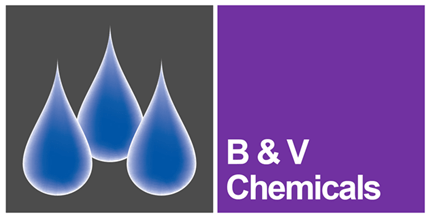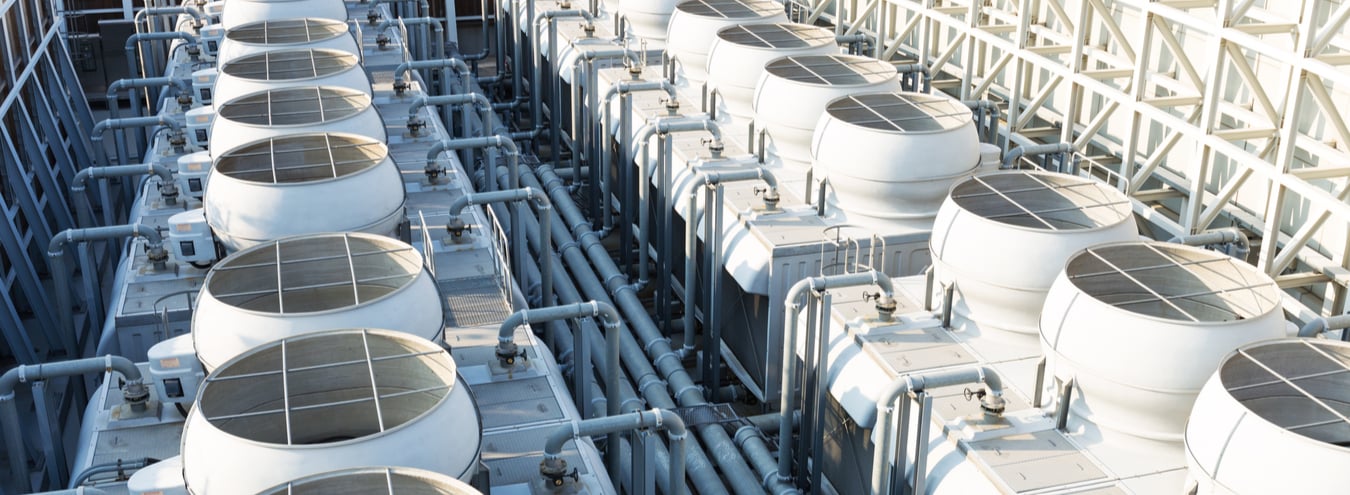Maintaining system water for plant processes is vital for ensuring effective operations. In typical plant cycles, water and steam losses occur naturally, for example through evaporation, process use, blow down in steam boilers and bleed off for Cooling towers. These losses need to be replaced by adequately treated fresh makeup water.
What is makeup water?
Makeup water simply refers to water that is added to plant processes to compensate for losses.
All boiler systems lose water. Some will be lost intentionally as boiler blowdown to remove impurities that accumulate within the boiler. Makeup water is added to replace these losses.
In cooling systems, water can be lost from drift, evaporation and the blowdown which is required to maintain the controlled build-up of solids. The lost water must be continuously replaced by makeup water, which is usually added to the cooling tower basin.
The quality of makeup water
The quality of makeup water is critically important because it can have a significant impact on the whole system.
For example, debris, scrubbed from the air via the fans of a cooling system can clog strainers and valves, causing sludge to build up. Debris from makeup can accumulate and can also lead to tube failure. Ultimately, if the water is not treated it can lead to fouling, scaling and corrosion.
Makeup water should therefore be treated for the reduction or removal of impurities to maximise plant performance.
Sources of makeup water
Potable water sources have typically been used for makeup water. However, in a drive towards more sustainable practices, one source that is becoming more popular is secondary treated municipal wastewater (gray water). Other sources increasingly being used include groundwater and even seawater.
It is particularly important that makeup water from these sources is treated because they contain a much higher concentration of impurities than potable water. For example, ammonia, phosphorus and organic compounds are often found in gray water.
Common impurities
All water contains various impurities, including dissolved and suspended substances.
Some of the most common are:
- Suspended Solids e.g. algae, silt and sediment - these can lead to sludge formation
- Conductivity/Total Dissolved Solids (TDS) - the higher the conductivity the greater the TDS, and this can contribute to increased potential for corrosion
- pH - the higher the pH, the greater the potential for scale
- Alkalinity - high alkalinity will typically have a higher pH, increasing the potential for scale
- Calcium and Magnesium hardness - calcium hardness can combine with alkalinity to form limescale, increasing the potential for corrosion
- Silica - can form hard to remove deposits that require hazardous chemicals to remove
- Chlorides and Sulfates - can lead to severe corrosion
- Bacteria - can lead to biofilm formation and corrosion
- Dissolved Gases - in steam boiler systems, higher levels of oxygen can lead to oxygen pitting
Makeup water treatment
Treating makeup water will help to:
- Stabilise water quality
- Ensure a high-quality stream
- Reduce fouling and corrosion
- Reduce blowdown rates
- Optimise plant processes
Typically, makeup water is first treated to remove floating and suspended materials. Hard water can be softened by substituting sodium for divalent cations of dissolved calcium and magnesium. For high-pressure water systems, the water should be demineralised by reverse osmosis, distillation or ion exchange.
Ion exchange
While solids can be separated from liquid by filtration, soluble substances require different means. Ion exchange is the process of removing harmful substances from liquids and replacing them with beneficial ions. It is used in water treatment, including industrial demineralisation and water softening.
Reverse osmosis
Reverse osmosis is a water purification process that uses a partially permeable membrane to remove ions, unwanted molecules and larger particles from water.
Distillation
Distillation is one of the oldest water purification methods. The water is boiled and results in water vapour re-condensed. However, it is an expensive and energy-consuming process.
Polishing
Polishing is another water treatment technique that helps prolong equipment life, boost heat-transfer efficiencies, and reduce energy, water and chemical consumption by removing impurities.
The use of biocides
Microbiological fouling is also a concern because boiler and cooling systems provide an ideal environment for microbes. Biocide treatment is therefore essential to maintain the performance of the systems.
Water quality in boiling and cooling systems must be adequately maintained to ensure effective plant processes. The treatment of makeup water is therefore essential to remove impurities before it is added to the system. The type of treatment will largely depend on the source of water and the manufacturing requirements of the system.





